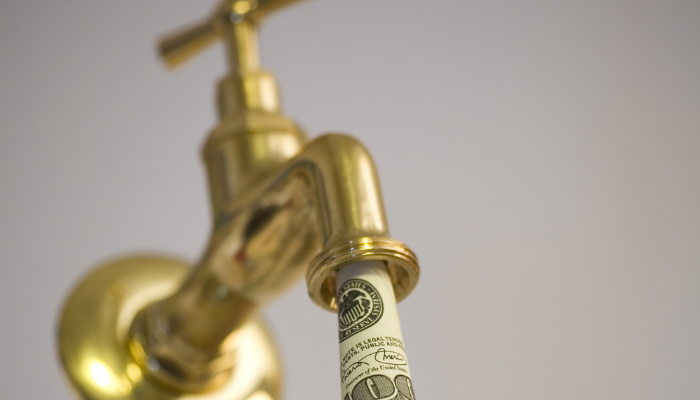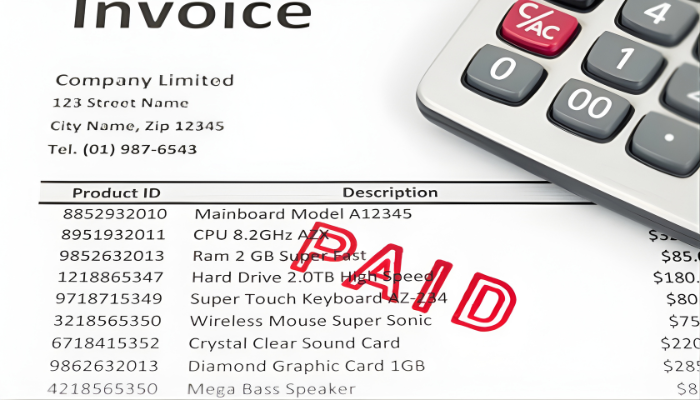
If you're a small business owner, you likely know the importance of keeping good cash flow from month to month. However, many small companies are beset by cash flow issues right from the beginning. As unexpected costs pop up and entrepreneurs run out of cash to cover them, the future of their businesses may come to be in doubt. What are some potential cash flow problems for small business? How can you avoid facing these concerns?
Why is Cash Flow So Important?
Why is it so important to keep a positive cash flow? For one thing, having good cash reserve serves as a "cushion" to keep your business operating comfortably. As the cost of doing business goes up, you'll find that you have to deal with some expenses that you may not have anticipated at first. Additionally, cash flow gives you the freedom to undertake business expansion plans such as creating new marketing campaigns, hiring new workers, or making renovations to your office.
Typical Cash Flow Concerns
Some of the common cash flow problems for small businesses include slow delivery times, failure to accept more than one method of payment, and neglecting to keep up with records. When you lag behind on your deliveries or your project completion times, you're actually costing yourself money. The longer you take to finish a project, the more you delay your customer payments.
Another common concern arises when companies only accept checks as a method of payment. Checks are usually the slowest form of payment, since you have to wait for the checks to clear before you can use the money. You may also run into problems if you take a customer check that turns out to be bad. Consider accepting credit or debit cards to speed up this process.
Failing to keep up with your accounts receivable records can also contribute to cash flow problems. As your unpaid invoices get older and older, you end up putting off your payments. In the meantime, costs continue to rise.
How to Improve Cash Flow
One of the easiest ways to improve cash flow is to give your customers a payment term discount. For example, if they pay their invoice within 25 days, they save 2 percent off the total price. This type of discount motivates customers to pay their invoices right away.
Invoice factoring is another way to ease cash flow constraints. With factoring, you're able to sell your unpaid invoices and receive a cash advance that you can use immediately.
These potential cash flow problems for small businesses don't have to derail your company. With proper planning, you can avoid these issues and get on your way to profitability.














